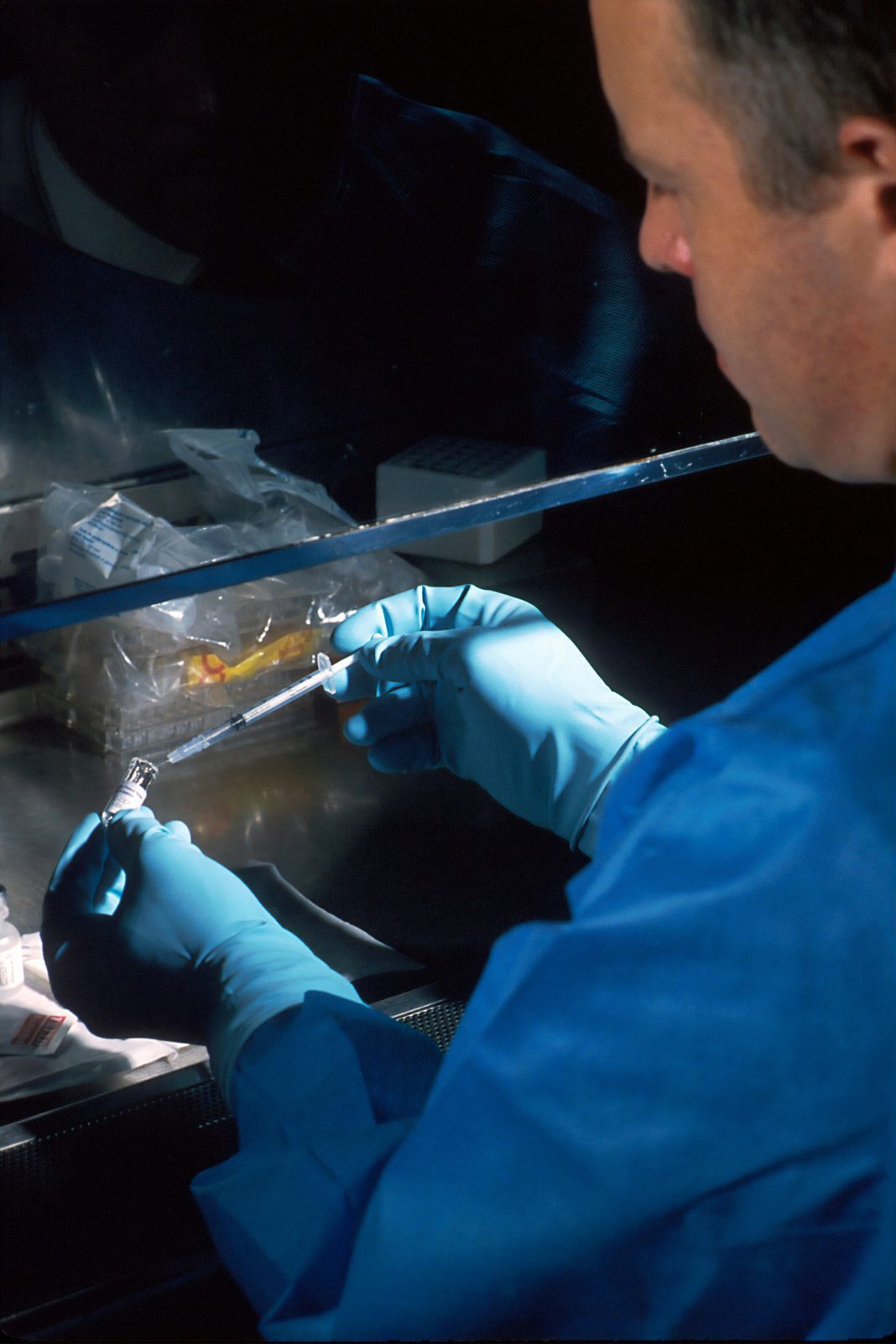There is an urgent need to develop and implement effective screening, diagnosis and treatment strategies for patients with nonalcoholic fatty liver disease (NAFLD) and nonalcoholic steatohepatitis (NASH), common liver conditions with a rising burden in the U.S. and globally. This is particularly important for the most at-risk patients, those with diabetes and obesity.
As a critical first step, the American Gastroenterological Association (AGA) — in collaboration with seven professional associations — convened an international conference of 32 experts to develop a multidisciplinary action plan to improve care for the growing population of patients with NAFLD and NASH. Today, the recommendations from this meeting have been co-published in four leading journals: Gastroenterology, Diabetes Care, Metabolism: Clinical and Experimental, and Obesity: The Journal of the Obesity Society.
Key findings from this special report:
- Patients with obesity or type 2 diabetes are at a higher risk of developing NAFLD/NASH with diabetes being a major risk factor for worse disease severity and progression to cirrhosis (permanent damage to the liver).
- Primary care providers are critical to managing this growing epidemic. They should be the first line for screening patients at risk, stratifying patients based on their risk for advanced fibrosis, and providing effective management and referrals.
- The guiding principle for risk stratification is to rule out advanced fibrosis by simple, noninvasive fibrosis scores (such as NAFLD fibrosis score or Fibrosis-4 Index). Patients at intermediate or high risk may require further assessment with a second-line test — elastography, or a serum marker test with direct measures of fibrogenesis.
- Because NAFLD is not an isolated disease but a component of cardiometabolic abnormalities typically associated with obesity, insulin resistance and type 2 diabetes, the cornerstone of therapy is lifestyle-based therapies (altered diet, such as reduced-calorie or Mediterranean diet and regular, moderate physical activity), and replacing obesogenic medications to decrease body weight and improve cardiometabolic health. Patients with diabetes who also have NASH may benefit from certain antidiabetic medications (i.e, pioglitazone, semaglutide) that treat not only their diabetes, but also reverse steatohepatitis and improve cardiometabolic health.
- Optimal care of patients with NAFLD and NASH requires collaboration among primary care providers, endocrinologists, diabetologists, obesity medicine specialists, gastroenterologists and hepatologists, to tackle both the liver manifestations of the disease and the comorbid metabolic syndrome and cardiovascular risk, as well as screening and treating other comorbid conditions (e.g., obstructive sleep apnea).
NAFLD is one of the most common causes of liver disease, affecting over 25% of the population globally, and more than 60% of patients with type 2 diabetes. While NASH — a more severe form of nonalcoholic fatty liver disease — is less common, it is estimated to impact 4.9 million to 21 million Americans and more than 100 million individuals worldwide. NAFLD and NASH are thought of as “silent diseases,” meaning they have few or no symptoms. If they go untreated and worsen, patients may experience severe liver damage and require liver transplantation. Catching NAFLD and NASH early can help manage the disease and prevent complications. Learn more.
